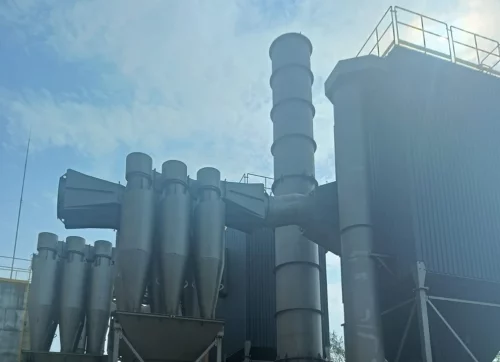A joint report by the United Nations, the United States and the EU showed that the ozone layer in various parts of the Earth could recover within four decades, thanks to the Montreal Protocol.
However, continued progress is not guaranteed, and certain human actions could dramatically reverse the process of restoring the ozone layer, the BBC reports.
Proposals to limit global warming by sending millions of tonnes of sulfur dioxide into the upper atmosphere - known as stratospheric aerosol injection - could undo all progress, the report stressed.
The material said that the Montreal Protocol was concluded in 1987. It prohibits the use of chlorofluorocarbons, which destroyed the ozone layer. These substances are usually found in aerosols, refrigerators, foam insulation materials and air conditioners.
"Later, this agreement became the first UN treaty to receive universal ratification, and almost 99% of banned ozone-depleting substances have now been phased out," the article says.
The ozone layer is a thin part of the Earth's atmosphere that absorbs most of the Sun's ultraviolet radiation. When it is depleted, the radiation reaches the surface, causing potential harm to humans and other living things. In particular, UV rays can damage DNA and cause sunburn, increasing the long-term risk of problems such as skin cancer.
The ozone layer began to collapse in the 1970s, and the first hole in it was discovered in 1985. The Antarctic ozone hole continued to expand until 2000, after which its area and depth began to slowly decrease.
The report noted that if current policies are maintained, the ozone layer will be restored to:
- 2066 over the Antarctic, where the destruction of the ozone layer was the greatest;
- 2045 over the Arctic;
- after about two decades everywhere.
The material emphasized that the destruction of the ozone layer is not the main cause of climate change. However, its preservation has had a positive impact on global warming, as some of the harmful chemicals that have been phased out are potent greenhouse gases. This phase-out would prevent warming of 1C by mid-century – compared to their use of 3% per year, the scientists found.
"While the report was hailed as good news – and proof that swift international action to prevent environmental crises can work – it warns that continued progress in the ozone layer is not guaranteed," the authors stressed.
As EcoPolitic reported earlier, research by scientists from the Stockholm Center for Sustainable Development showed that level of chemical pollution, which covers the planet, threatens the stability of global natural ecosystems.





